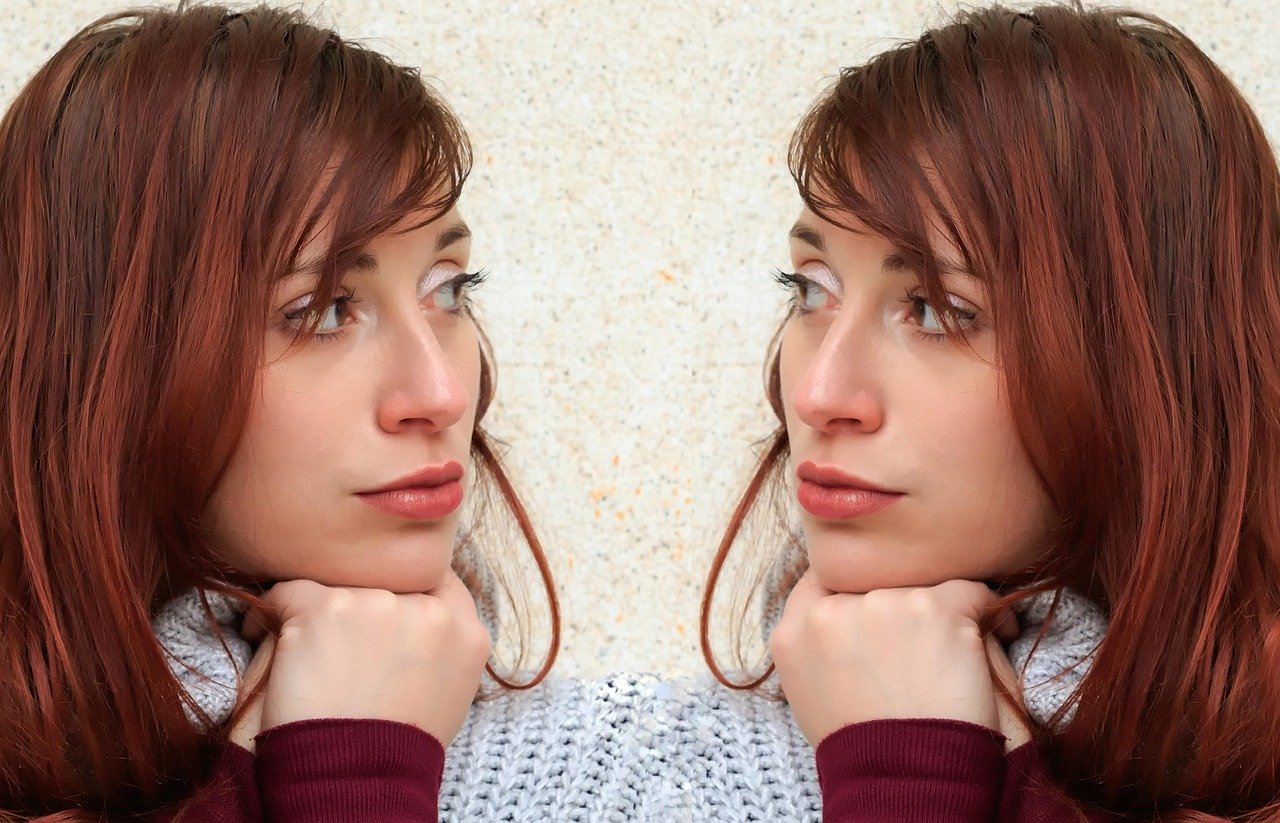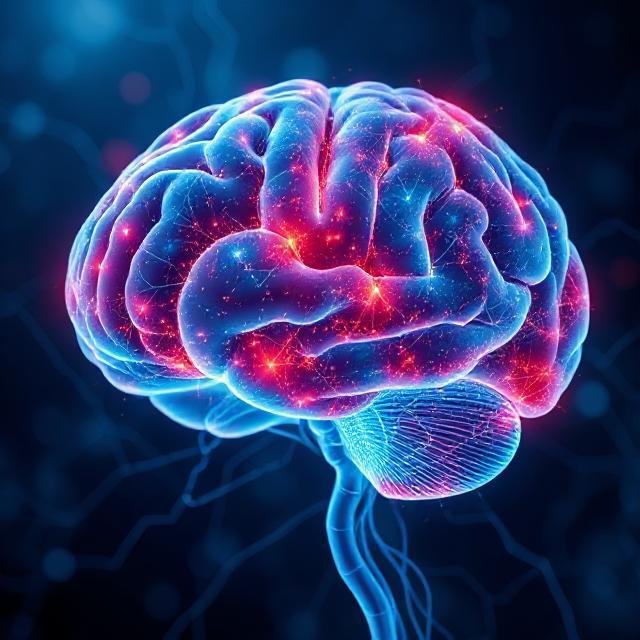Social Anxiety Disorder
- soulsunleashed
- July 11, 2025
Social Anxiety Disorder (SAD), also known as social phobia, is a prevalent and often debilitating mental health condition characterized by an intense fear of social situations where one may be scrutinized or judged. This disorder can significantly impair daily functioning, affecting personal relationships, academic performance, and professional endeavors. Recent studies indicate a concerning rise in its prevalence, particularly among younger populations, underscoring the need for heightened awareness and effective intervention strategies.
Anxiety
Diagnostic and Statistical Manual of Mental Disorders (DSM): Overview
Written by
soulsunleashed
FREQUENTLY ASKED QUESTIONS
What is the difference between social anxiety and shyness?
Shyness is a common personality trait characterized by mild discomfort in social situations. In contrast, social anxiety is a clinical disorder marked by intense fear and avoidance of social interactions, often leading to significant impairment in daily functioning.
Can social anxiety be cured?
While there may not be a "cure" for SAD, it is highly treatable. Many individuals experience significant improvement or complete resolution of symptoms with appropriate therapy and support.
Are medications necessary for treating social anxiety?
Not all individuals with SAD require medication. Treatment plans should be individualized, and some may benefit from psychotherapy alone. Medications are typically considered when symptoms are severe or do not improve with therapy.
How can I support someone with social anxiety?
Providing a nonjudgmental and supportive environment is crucial. Encourage them to seek professional help and be patient as they work through their challenges. Avoid pushing them into social situations before they are ready.
KEY TERMS
Diagnosis
Diagnosing SAD involves a comprehensive assessment by a mental health professional, who will evaluate the individual’s symptoms, medical history, and the impact of these symptoms on daily life. Standardized diagnostic criteria, such as those outlined in the Diagnostic and Statistical Manual of Mental Disorders (DSM-5), are utilized to ensure accurate diagnosis.
Virtual Reality (VR) Therapy
Self-guided VR interventions have shown promise in treating anxiety symptoms, including those associated with SAD. These therapies provide immersive environments where individuals can confront social scenarios in a controlled setting.
Generative Conversational Agents
AI-driven platforms, like VChatter, simulate social interactions, allowing individuals to practice and build confidence in social situations.
Smartphone-Based Monitoring
Tools like AnxietyFaceTrack utilize facial recognition technology to detect signs of anxiety, enabling real-time monitoring and personalized interventions.
Explore Social Anxiety Disorder
Anxiety
Diagnostic and Statistical Manual of Mental Disorders (DSM): Overview
Written by
soulsunleashed
Anxiety
Understanding Antisocial Personality Disorder (ASPD): A Comprehensive Overview
Written by
soulsunleashed









